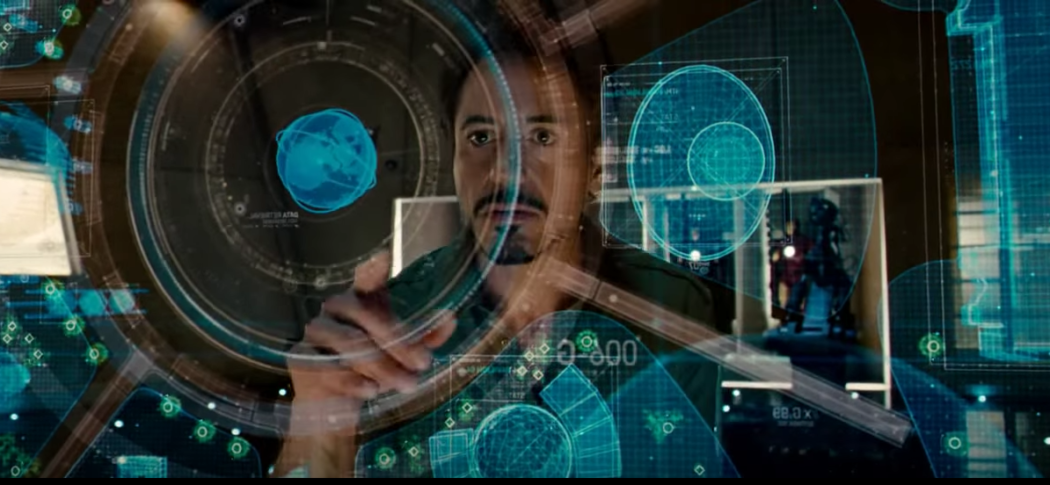IBM Watson Now Powers Voice-Controlled Whiteboards from Ricoh
Many people underestimate the value of voice user interfaces, but that often originates from a lack of imagination. IBM Watson now powers voice-controlled whiteboards from Ricoh. But wait, whiteboards are a visual medium. Why voice? Well, it can be pretty useful in meetings to use voice instead of being tethered to a laptop to control what people see.
A First Step Toward Collaborative Jarvis?
The Jarvis example from Iron Man is a 3-Dimensional representation and just one person, but can offer an idea of where we are heading. If someone were collaborating with Tony Stark, they could see the same things in their own holographic display in their own conference room and communicate with Jarvis for additional information. IBM Watson with Ricoh is simply a step along the path to technology we have already seen in the movies. Today, we are simply seeing the initial 2-D version. Indeed, Ricoh Senior Vice President Mona Abutaleb suggested at a Berlin conference in February this solution is “just a stepping stone.” She added some insight around the features of the new whiteboard that included:
It makes your meetings more effective. It’s done by aggregating and analyzing all of the meeting content, including the verbal conversation; anything written on the board as well as any application used during the meeting. So, no longer will meeting content be lost or forgotten…When you are ready to end the meeting you simply say, “Rita, end meeting.” You will see a list of your action items and owners as well as a transcript of everything that was said which is automatically distributed to all of the meeting participants.
There will probably be some concerns about meeting “surveillance,” but these features will be attractive to anyone who has been responsible for distributing meeting notes and action items.
Control from Across the Room or Across the World
If you want to change what is displayed on the whiteboard, Ricoh says you can now do it from across the room or even from another country if you are connected by teleconference. Ricoh lays out several use cases including:
- Simple, global voice control of meetings: once a meeting begins, any employee, whether in-person or located remotely in another country, can easily control what’s on the screen, including advancing slides, all through simple voice commands using Watson’s Natural Language API.
- Translation of the meeting into another language: the Intelligent Workplace Solution can translate speakers’ words into several other languages and display them on screen or in transcript.
- Easy-to-join meetings: with the swipe of a badge the Intelligent Workplace Solution can log attendance and track key agenda items to ensure all key topics are discussed.
- Ability to capture side discussions: during a meeting, team members can also hold side conversations that are displayed on the same whiteboard.
More B2B Traction for IBM Watson
All of these features appear to offer some convenience and you could see how they could improve meeting collaboration. Skepticism might arise from comments like:
Watson doesn’t just listen, but is an active meeting participant, using real-time analytics to help guide discussions so teams can make faster, better and more informed decisions.
We can take a wait-and-see approach around the hype behind hyper-efficient meetings. However, in the near term, adding natural language control to your interactive whiteboard just might be a worthwhile convenience and a step toward a world that Tony Stark would appreciate. This is also another example of how IBM is distancing itself from the pack in delivering B2B voice assistant applications. You can see Ms. Abutaleb’s presentation from Munich in the video below.
Follow @bretkinsella
Amazon Alexa and IBM Watson Won The 2016 Voice Assistant Wars and Are Already Winning 2017









